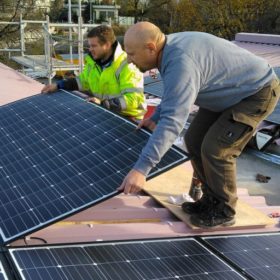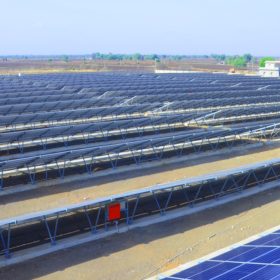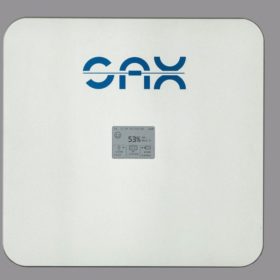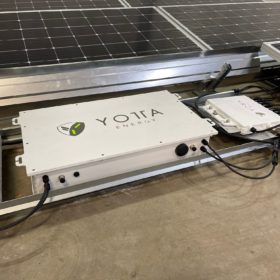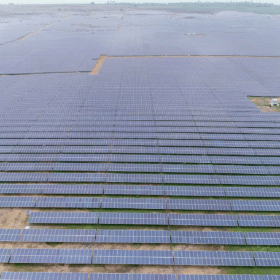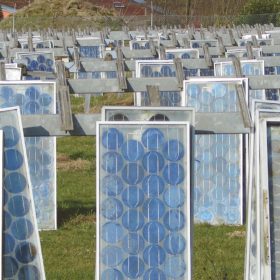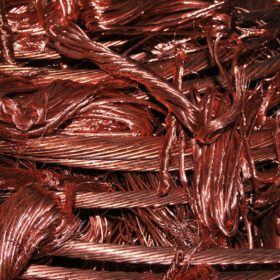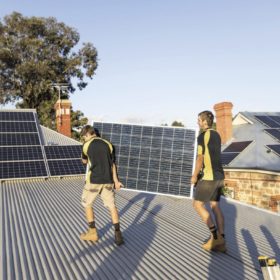Energy transition to create 60m solar jobs by 2050
The switch from fossil fuels and nuclear will bring a jobs dividend thanks to the greater labor-intensity of renewables plants, according to a paper published by Finland’s LUT. However, the jobs dividend is unlikely to be evenly spread around the world, with Europe set to be a big winner.
GoodWe inverters’ performance through the roof in India’s solar hotspot
GoodWe supplied 136 units of its MT80KW inverters for Microtech Rollers’s 15 MW of solar projects in the Saurashtra region of Gujarat. The inverters are currently generating 27 GW of electricity per annum.
German start-up offers 5.2 kWh AC battery that works without inverter
Sax Power has developed a new residential battery which it describes as a game-changer in the battery technology.
New microinverter from the US
Yotta Energy’s new micro-inverter is claimed to be an ideal solution for commercial rooftop PV systems linked to between 500 kWh and 1 MWh of storage. The device has a peak efficiency of 96.5% and a nominal maximum power point tracking (MPPT) efficiency of 99.5%.
The case for microinverters in rooftop solar
Sunil Thamaran, India head for USA-headquartered Enphase Energy, explains why microinverters are a good investment for rooftop solar. He also talks about the trends in microinverter design and their company’s India plans.
PCUs sought for 500 MW Rewa solar capacity
The selected vendor shall also be responsible for installing and commissioning the power-conditioning units (central inverters) at the solar sites in Madhya Pradesh.
India could have 2.95bn tons of solar waste by 2047
Researchers led by the Indian Institute of Technology Delhi have projected the waste expected from end-of-life solar panels and related components. They assumed 347.5 GW of total installed solar generation capacity would be reached this decade. The academics said the waste would include critical metals worth around $645 trillion, 70% of which could be recovered.
IEA highlights solar’s dependence on Chinese copper processing
The sheer volume of new power lines which will be required to accommodate the rising tide of solar installations ensures copper has been included by the International Energy Agency on its list of minerals which must keep flowing if the energy transition is to stay on course. And it’s not production that’s the potential bottleneck.
Australian solar installer receives unexpected response from customers after switching exclusively to microinverters
Solar installer Jake Warner has received surprising feedback from his customers after he chose to transition his company, Penrith Solar, exclusively to microinverters two months ago. “What I found is actually the opposite to what I expected,” Warner told pv magazine Australia.
GoodWe is the biggest rooftop solar inverter supplier in India
The Chinese manufacturer commanded a 17% share of the total 3268 MW of rooftop PV inverter shipments in India in the January-December 2020 period.
